Follow the River Neretva south from Mostar:
In Mostar, reached by narrow hairpin bends flanked by shrines and stalls selling honey and tobacco, ubiquitous mosque minarets rise like middle-fingered salutes to the Serbians. Every Bosnian remembers November 9 1993 – the day the Serbians bombed Mostar’s Stari Most Bridge constructed in 1566 on the orders of Sultan Suleiman the Magnificent.
The swooping stone arch was rebuilt in 2004 from rubble hauled out of the River Neretva. Today daredevil divers fling themselves off the parapet into the icy waters below for cash.
In 1992 the Croats and Bosniaks forced out the Serbs before turning their guns on each other. With pockmarked walls and bombed-out building shells, Mostar still looks as though it was kicked in the teeth but today, sizzling in the sunshine, the cobbled streets of the medieval Ottoman Old Town exude a peaceful sense of bonhomie.
Here, as in Sarajevo, entrepreneurial coppersmiths have beaten shell casings into pens to sell as souvenirs. There’s no shortage of ale, either. Tourists and locals alike bond over live music at the Black Dog Pub next to the crooked bridge (Kriva Cuprija) while Shankly’s Pub sells 150 craft beer varieties.
Restaurants line the waterfront of the Kravice Falls, 25miles south of Mostar, where tourists can swim or canoe with the locals. Also, south of Mostar on the River Neretva’s left bank, Citadel Počitelj ‒ built by King Tvrtko I in 1383 ‒ is an Oriental-style fortress. Climb the ancient stairs to the watchtower for a magnificent view of Mostar.
Centrally situated, Mostar’s Hotel Mepas offers free parking, a pool, and 5-star amenities.



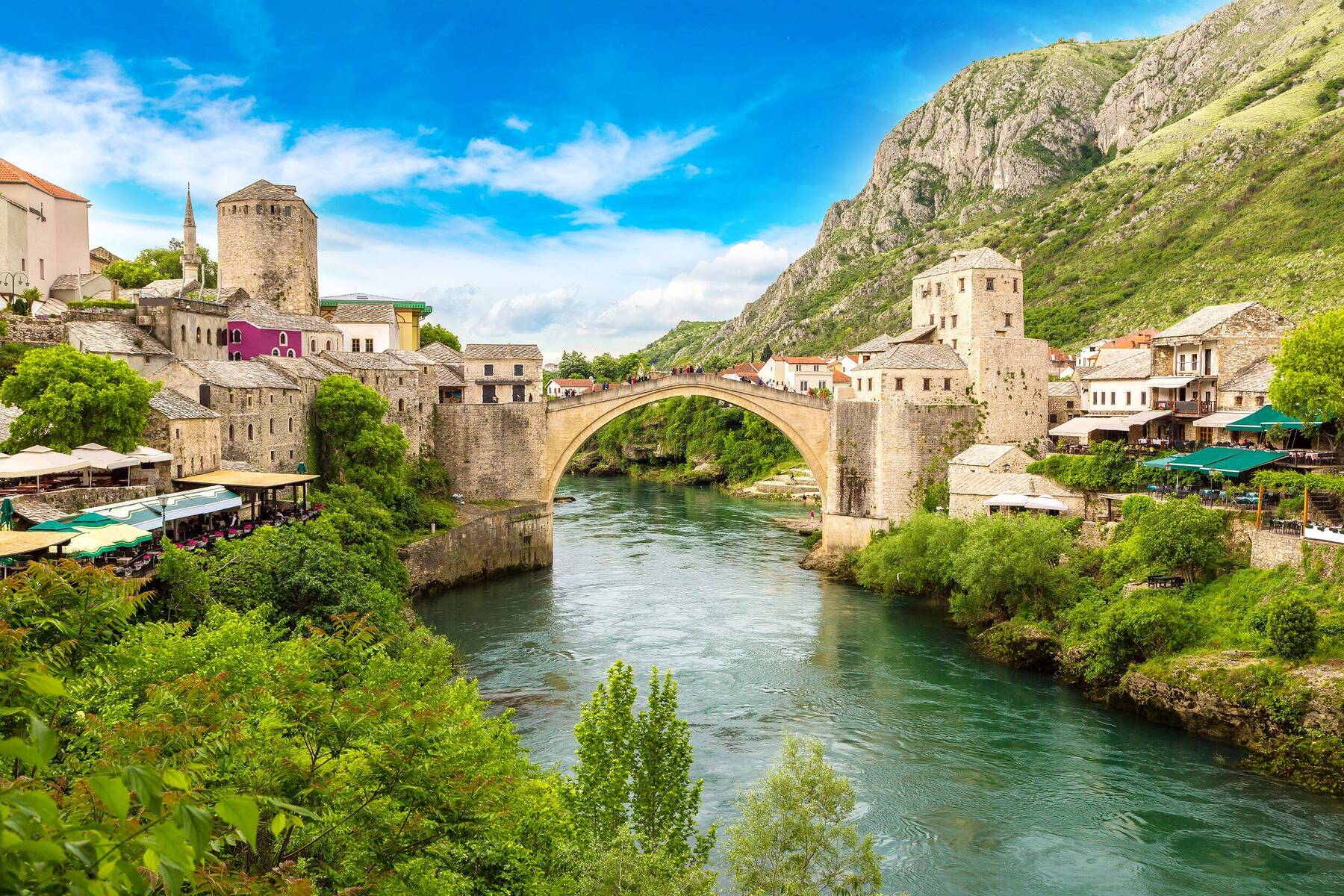
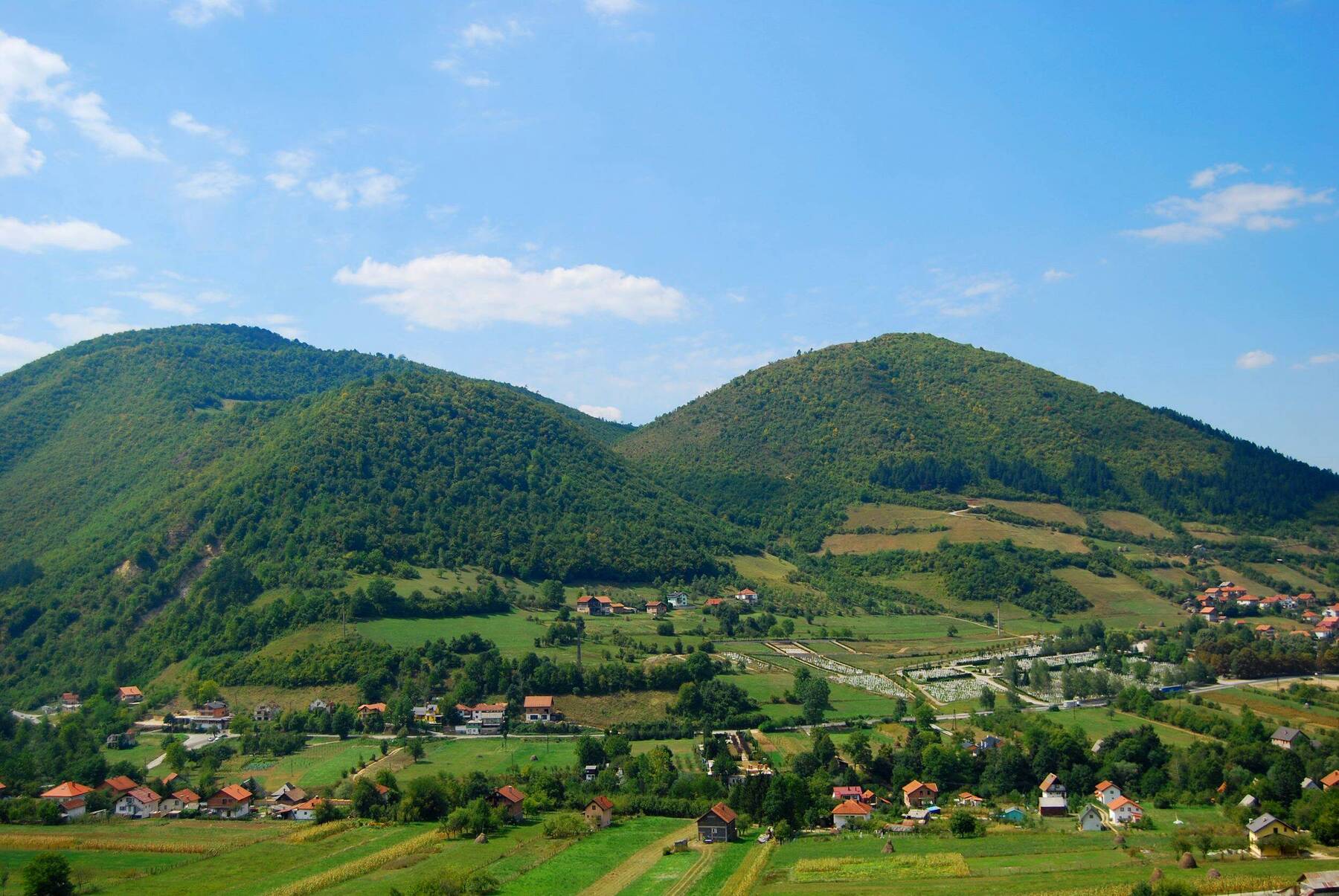
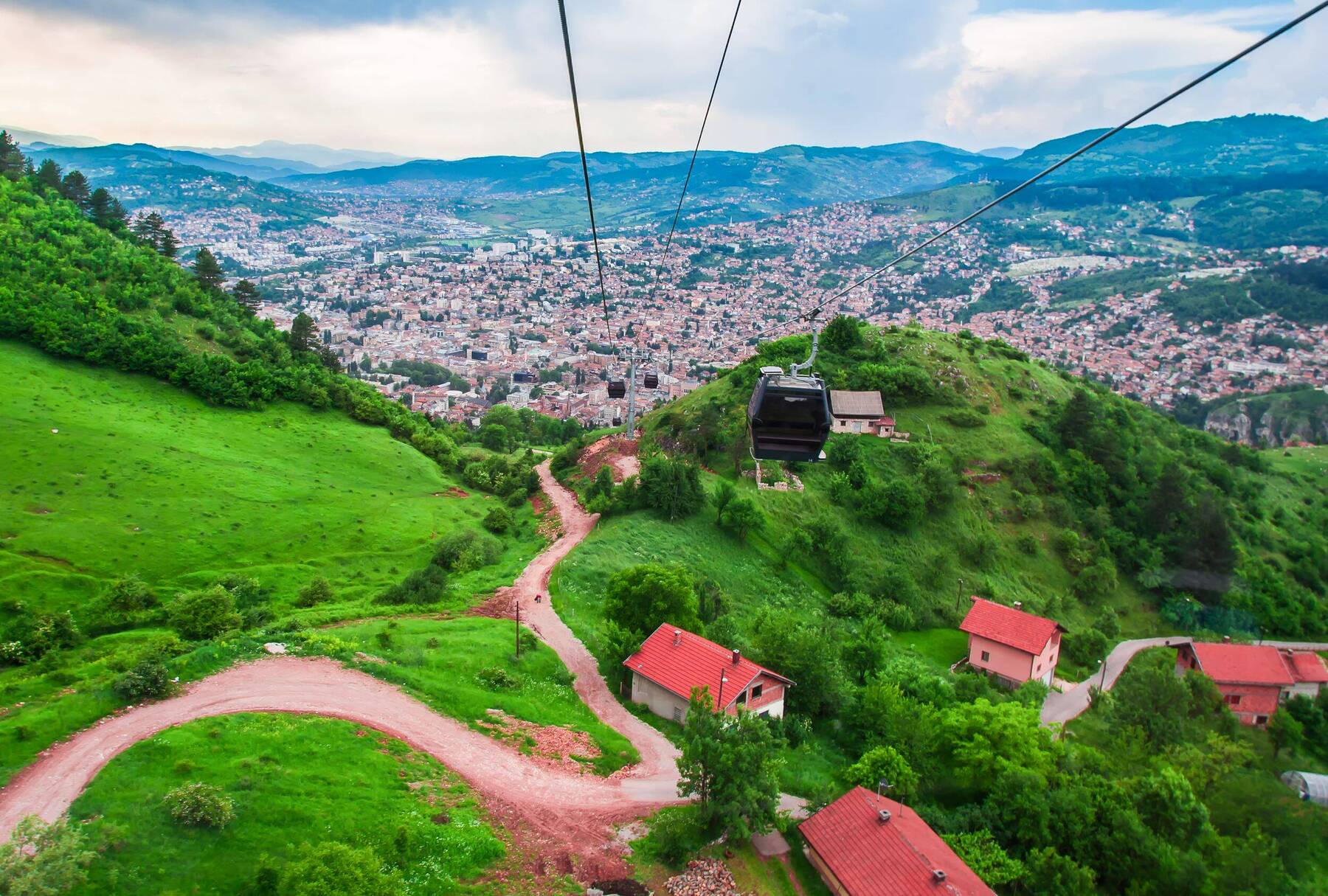
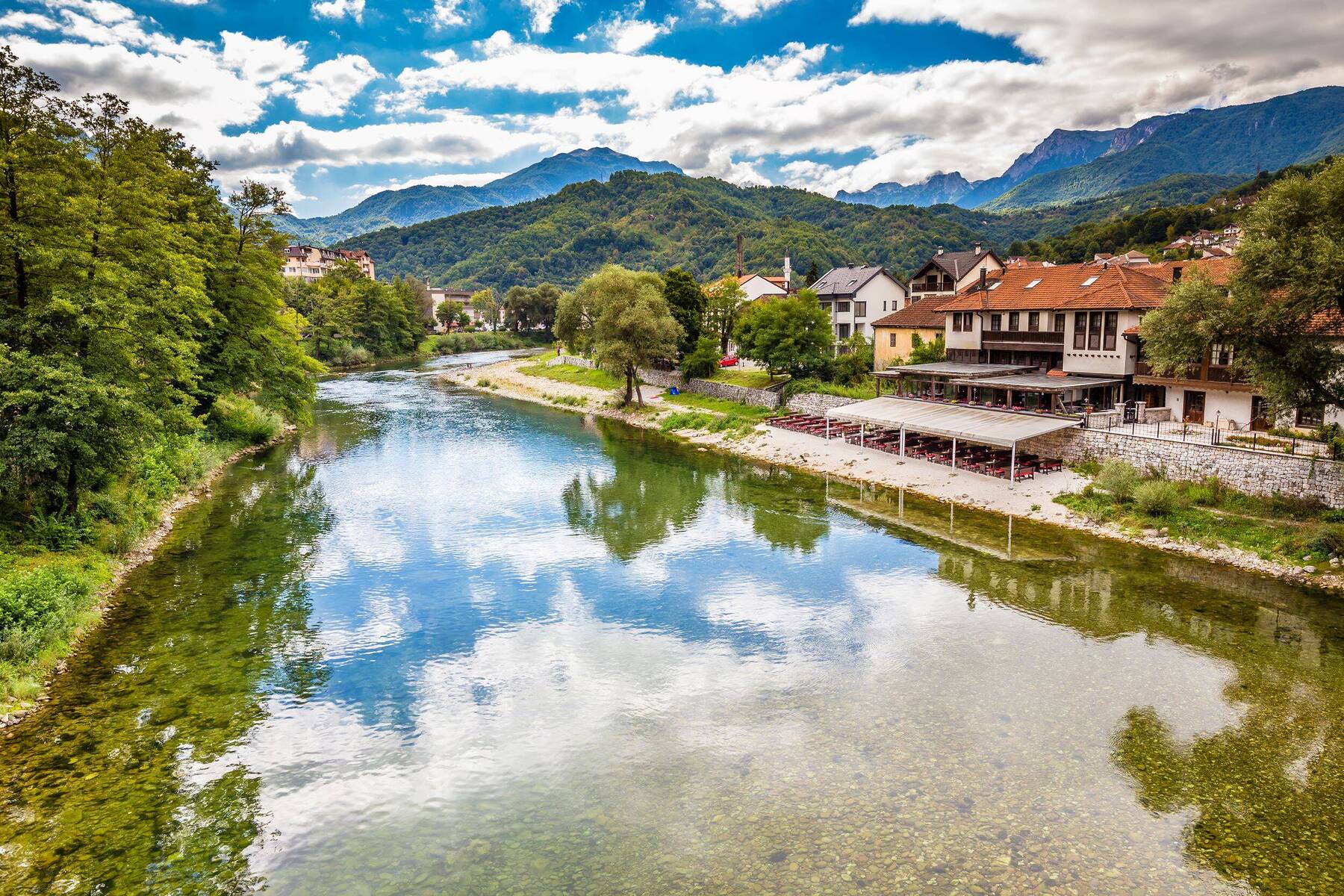
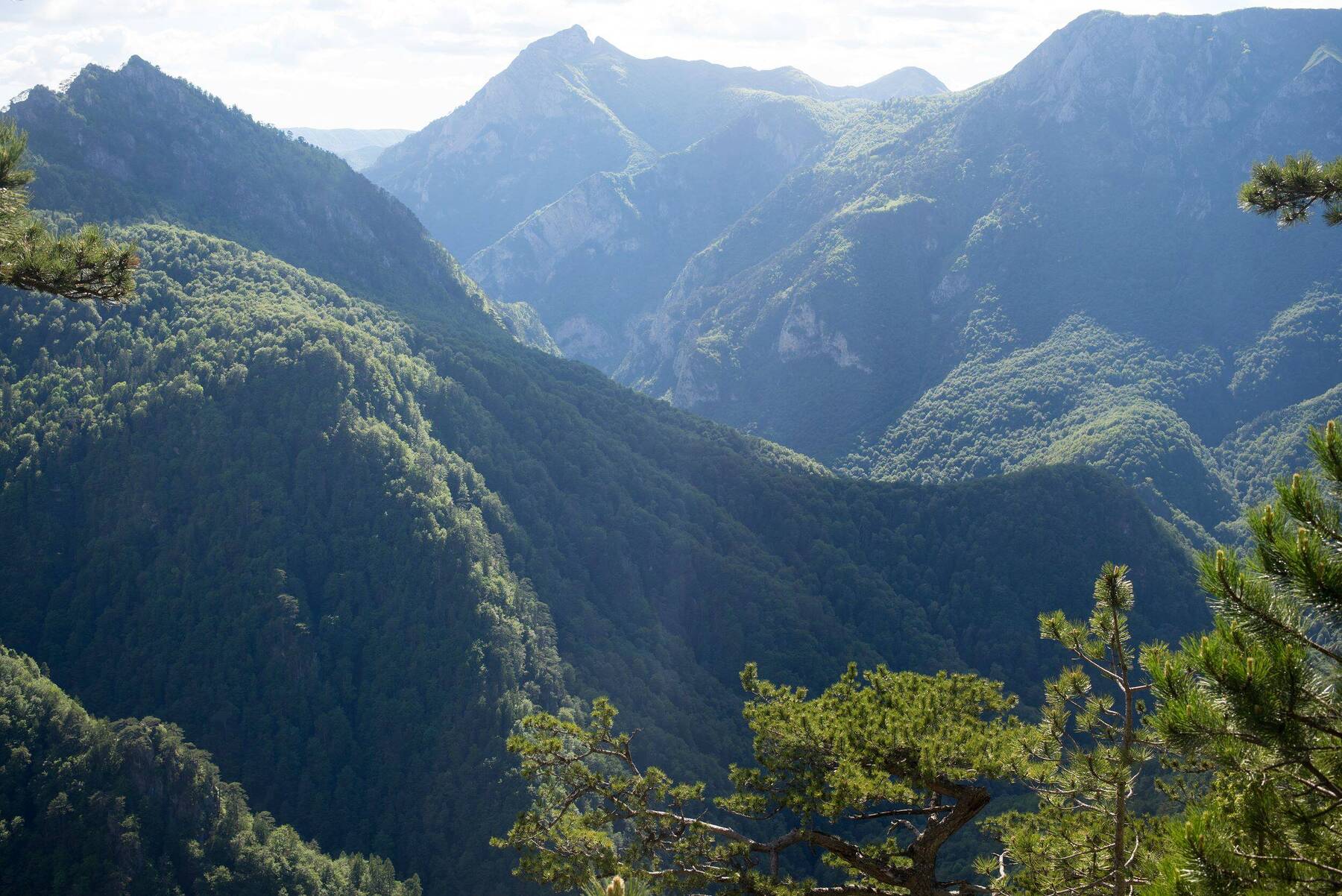







Comments